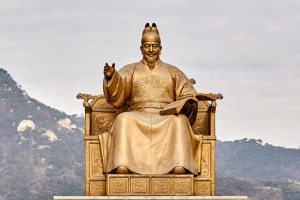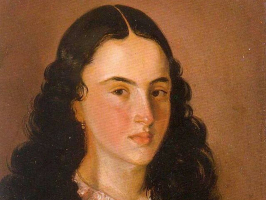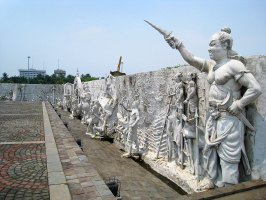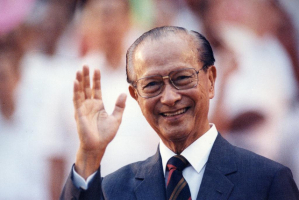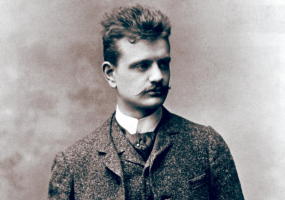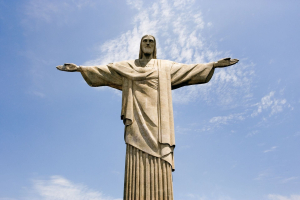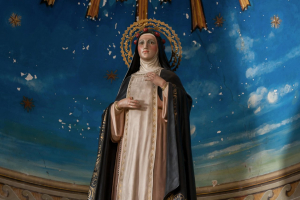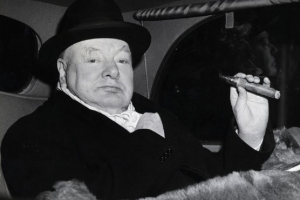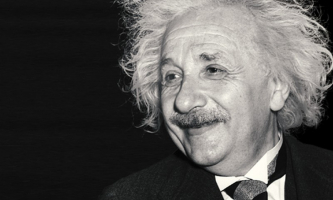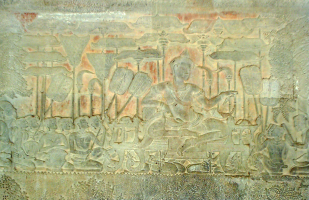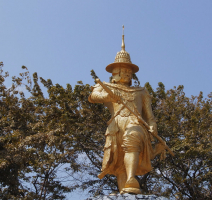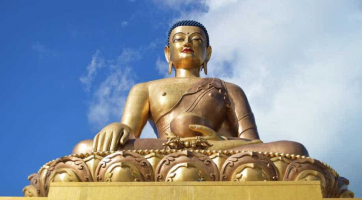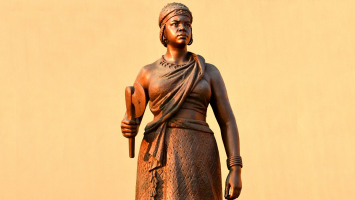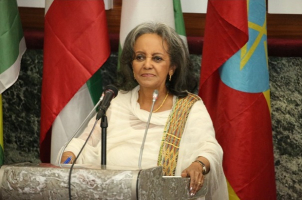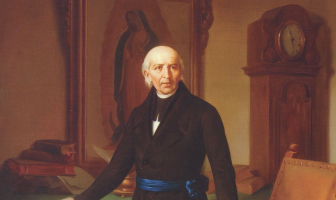Top 6 Most Important Historical Figures In Belarus
Belarus is renowned for producing exceptional individuals who have made a lasting impact on not just the history of their own nation, but also on the world ... read more...stage. And here are the most important historical figures in Belarus!
-
Andrzej Tadeusz Bonawentura Kościuszko was a Polish military engineer, statesman, and military leader who rose to national hero status in Poland, Lithuania, Belarus, France, and the United States. He lived from 4 or 12 February 1746 to 15 October 1817. He participated in the wars of the Polish-Lithuanian Commonwealth against Prussia and Russia as well as the American Revolutionary War. He is considered as one of the most important historical figures in Belarus. He oversaw the 1794 Kosciuszko Uprising in his capacity as Polish National Armed Forces' Supreme Commander. For his leadership throughout the American Revolutionary War and the rebellion against Imperial Russia and the Prussian Empire in 1794, Kosciuszko is revered as a national hero in America, Belarus, and Poland.
Kościuszko was appointed a major general in the Polish-Lithuanian Commonwealth Army in 1789 after his return to Poland in 1784. He led a rebellion against the Russian Empire beginning in March 1794 and continuing until he was captured at the Battle of Maciejowice in October 1794, which followed the Second Partition of the Commonwealth as a result of the Polish-Russian War of 1792. After Tsaritsa Catherine II passed away in 1796, her successor, Tsar Paul I, released Kociuszko from his sentence, and he immigrated to America. Kociuszko, a personal friend of Thomas Jefferson and a supporter of human rights, penned a will in 1798 designating his U.S. assets towards the upbringing and emancipation of U.S. slaves. Once in Europe again, Kociuszko spent the remainder of his life in Switzerland before passing away in 1817. Later, the execution of his will proved challenging, and the money was never put to the purposes Kociuszko had in mind.
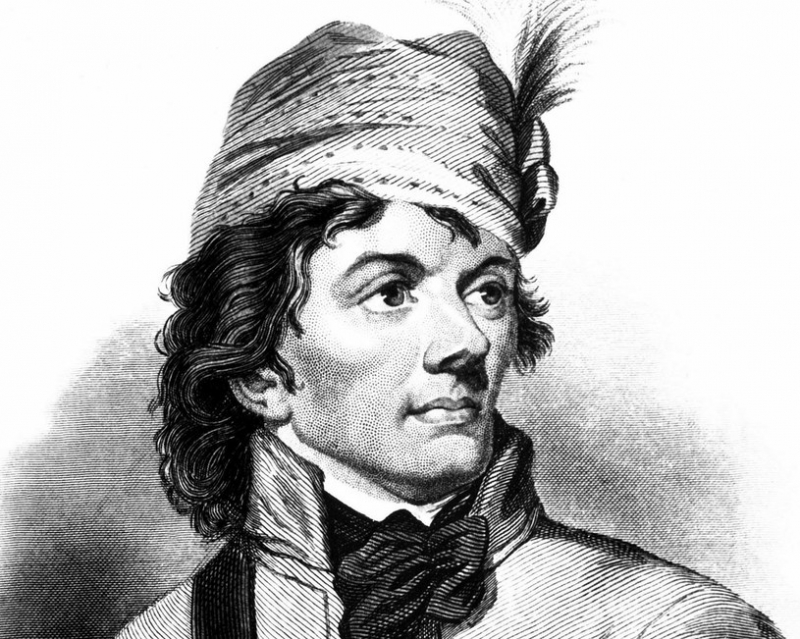
Photo: HISTORIA w INTERIA 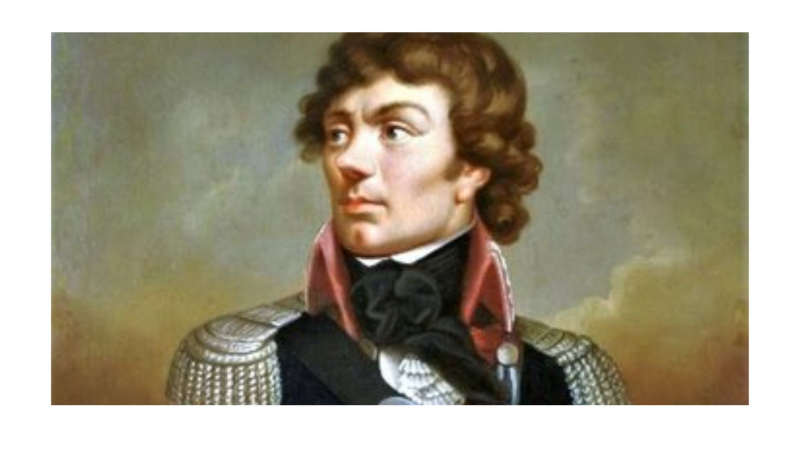
Photo: Wprost Historia -
Alternative spellings of Francysk Skaryna include Francisk Skaryna and Franciak Skaryna. His full name is Franciscus Scorina in Latin and рaнск (ранак) in Belarusian. The Belarusian humanist, physician, and translator карна (1470 - before 29 January 1552) was also known by his Polish and Czech names, Franciszek Skaryna and Frantiek Skorina. He established the foundation for the growth of the Belarusian izvod [ru] of the Church Slavonic language by becoming one of the first book printers in the Grand Duchy of Lithuania and throughout all of Eastern Europe.
Skaryna committed his entire life to making the biblical scriptures available. He aimed to write the Bible in a language that was understandable to the common person. Skaryna also wrote the prefaces to his editions, emphasizing that the goal of his publishing endeavors was to "assist the common man in becoming familiar with wisdom and science." He made a positive impact on the literary language of Belarus. Following the release of a Czech edition, this Bible became the second printed Bible in the Slavic world. Although Schweipolt Fiol published the Oktoikh in 1491, Skaryna was among the forerunners of publishing in Cyrillic script. Although he spoke in some Eastern Slavic tongue, it is challenging to pinpoint exactly the language he used because there was no official Belarusian at the time. According to some academics, Skaryna wrote his writings in Church Slavonic with a strong Ruthenian influence. According to some academics, Skaryna established the literary language of Belarus.
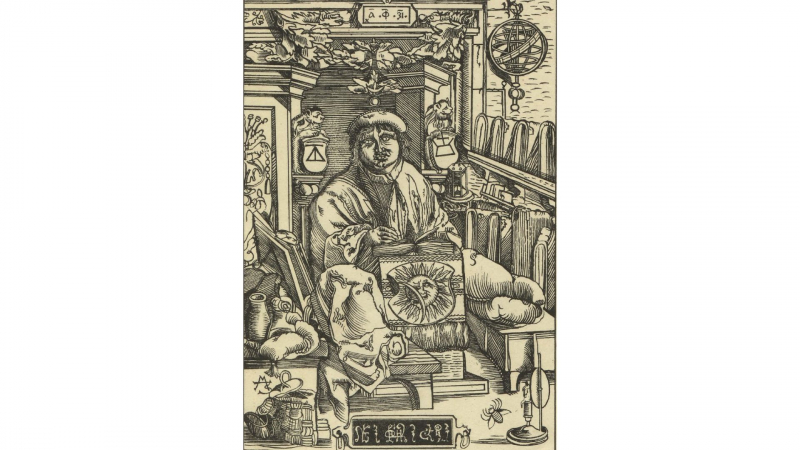
Photo: Wikipedia 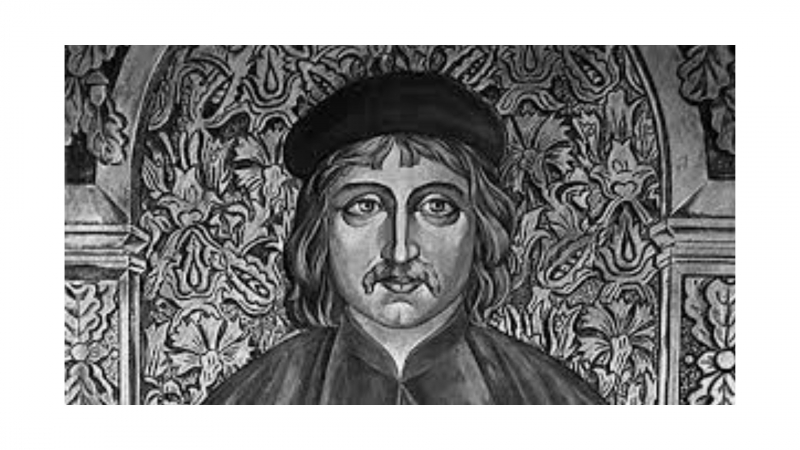
Photo: Belarus.by -
The next most important historical figure in Belarus is Pavel Sukhoi.The Sukhoi Design Bureau was established by Pavel Osipovich Sukhoi, an aerospace engineer and aircraft designer, who lived from 2 July 1895 until 15 September 1975. For 50 years, Sukhoi collaborated with Tupolev and Sukhoi to develop military aircraft, producing numerous renowned Soviet aircraft like the Sukhoi Su-7, Su-17, and Su-24. His aircraft established two global altitude records (1959, 1962) as well as two world speed records (1960, 1962). Sukhoi received the Order of Lenin three times and was recognized in the Soviet Union as a Hero of Socialist Labor.
Sukhoi participated in the warrant officer training for the Russian Western Front artillery. During the Polish-Soviet War in 1919, Sukhoi fled to Gomel as Polish forces marched on Luninets and started working as a teacher at the school for the children of railway workers that his father oversaw. Sukhoi got typhus and then scarlet fever about this period, which severely limited his ability to talk, and he gained a reputation for being quiet for the rest of his life. Sukhoi established an autonomous engineering and design division in Kharkiv in September 1939 under the name Sukhoi Design Bureau (OKB Sukhoi). Sukhoi was dissatisfied with the OKB's isolation from Moscow's scientific hubs due to its geographic position. Sukhoi was one of the first Soviet aircraft designers to take the lead on the development of jet aircraft in the postwar period, producing a number of experimental jet fighters. Sukhoi was compelled to work again for Tupolev starting in 1949 after losing Stalin's favor, this time in the capacity of Deputy Chief Designer.
Sukhoi was given permission to re-establish his own Sukhoi Design Bureau in 1953, the year Stalin passed away. During the Cold War, Sukhoi manufactured a number of significant serial combat aircraft, notably the supersonic Su-7, which replaced the MiG-15 as the primary Soviet fighter-bomber in the 1960s, and the Su-9 and Su-15 interceptors, which served as the cornerstone of the Soviet Air Defence Forces. Additionally, Sukhoi invented the Su-17 and Su-24, two aircraft with variable sweep wings. Sukhoi also initiated a number of unfinished projects, such as the ambitious Sukhoi T-3 attack aircraft with Mach-3 capability. Sukhoi served as a deputy of the USSR's Supreme Soviet from 1958 to 1974.
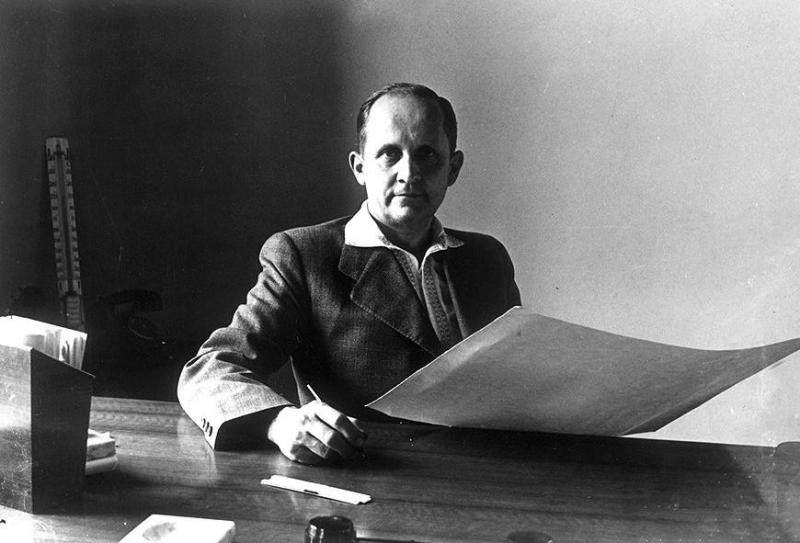
Photo: russkiymir.ru 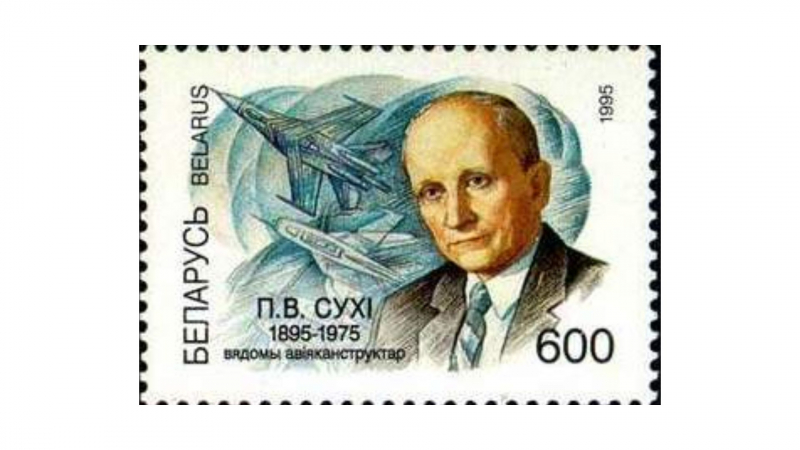
Photo: Wikipedia -
Vintsent Dunin-Martsinkyevich, a Polish-Belarusian writer, poet, dramatist, and social activist who lived from February 8, 1808, to December 21, 1884, is regarded as one of the pioneers of the contemporary literary tradition in Belarus and the country's national school theater.
He published works in Polish and modern Belarusian. He had to deal with the non-standardization of the current Belarusian language when writing in it because the Old Belarusian (Ruthenian) writing tradition had all but disappeared by that point. Dunin-Marcinkievi was a bureaucrat who resided and worked in Minsk starting in 1827. He bought a mansion close to Ivyanets in 1840 and spent most of his writing time there. He published Pan Tadeusz, an epic poem by Adam Mickiewicz, in Vilnius in 1859 after having translated it into Belarusian. Only the first two chapters of the poem were published as a result of pressure from Russian Empire officials. The poem had never before been translated into a different Slavic tongue.
During the January Uprising, Dunin-Martsinkyevich was charged by the police for participating in separatist propaganda. He was detained, then later released under police surveillance. His daughter, Kamila Marcinkievi, took part in the revolt and was punished for her political participation by receiving a psychiatric hospital sentence. The author was laid to rest at Tupalshchyna, which is now Valozhyn Rajon.
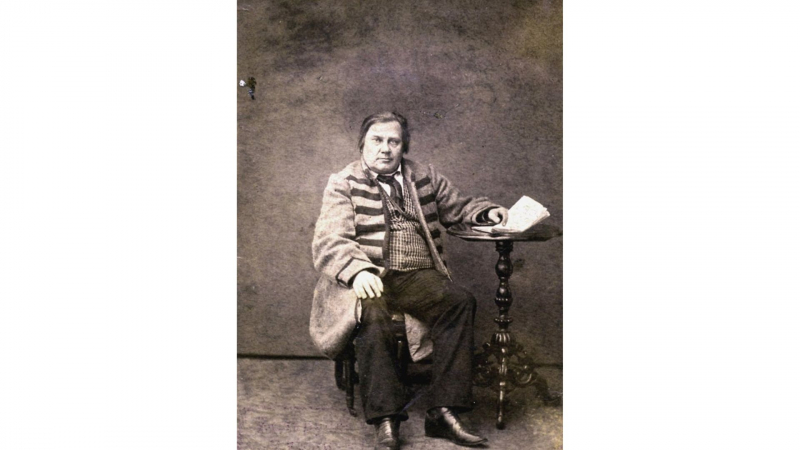
Photo: Wikipedia 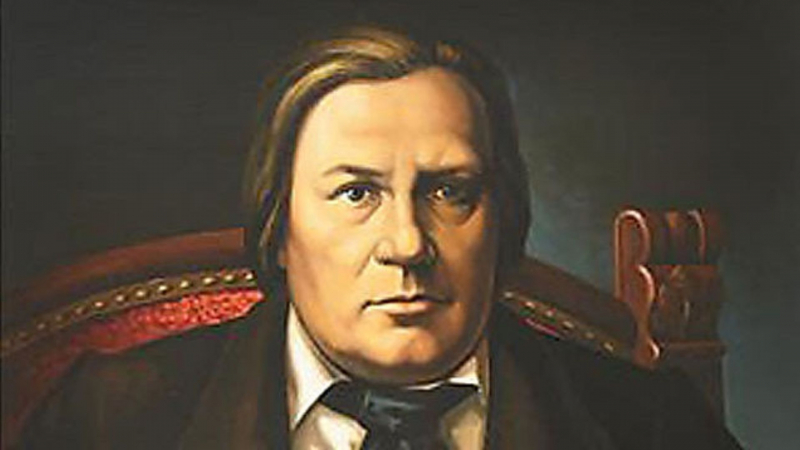
Photo: БЕЛТА -
Pyotr Ilyich Klimuk was the first Belarusian to travel into space and a former Soviet cosmonaut ( born 10 July 1942). Klimuk completed three space missions. At the age of 23, Klimuk was a cosmonaut trainee in 1965. He prepared for a voyage around the moon that was ultimately postponed between 1967 and 1969. In 1973, he piloted Soyuz 13 on its maiden journey to space, spending a week in Earth orbit with crewmate Valentin Lebedev. Klimuk made his second space voyage in 1975 as the captain of Soyuz 18, a 63-day journey to the Salyut 4 space station, after switching to training for space stations. This was the longest Soviet space mission at the time. A Polish cosmonaut named Mirosaw Hermaszewski joined him on a brief visit to the Salyut 6 space station during his final mission as commander of the Soyuz 30 in 1978.
In 1982, Klimuk formally gave up his position as a cosmonaut. He oversaw the political division of the Yury Gagarin Cosmonaut Training Center from 1982 to 1991. He was chosen to lead the center in September 1991, following the collapse of the Soviet Union, and he served in that capacity until 2003. Klimuk worked as a Belarusian president's advisor after retiring. He received two honors as a Soviet Union Hero as well as one of the most important historical figures in Belarus (1973, 1975).
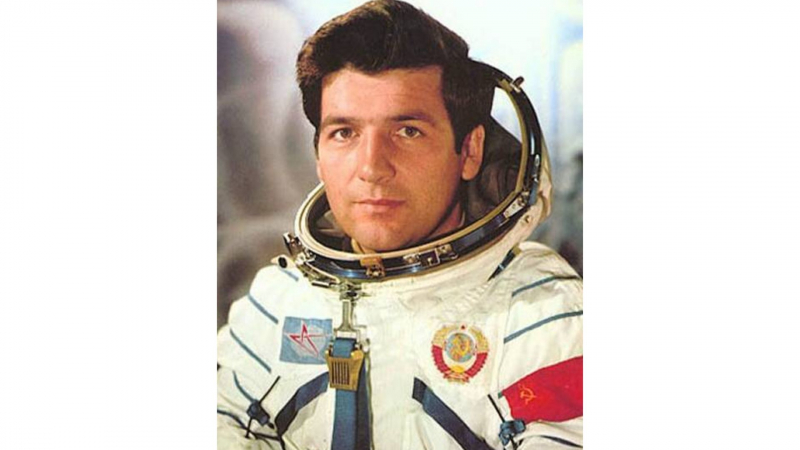
Photo: My Hero 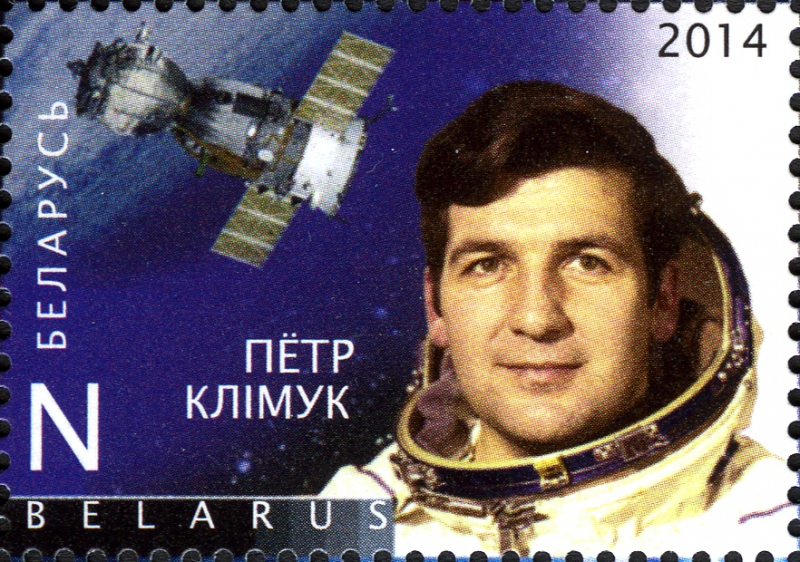
Photo: Wikipedia -
Wincenty Konstanty Kalinouski, sometimes known as Kastus Kalinouski, was a 19th-century Belarusian writer, journalist, lawyer, and revolutionary who lived from 2 February [O.S. 21 January] 1838 to 22 March [O.S. 10 March] 1864. He was a key figure in the national revivals of Poland, Lithuania, and Belarus as well as the leader of the January Uprising in the Polish-Lithuanian Commonwealth's territories that once belonged to the Grand Duchy of Lithuania. Kalinouski, one of many participants in the unsuccessful January Uprisings, is particularly adored in Belarus where he is seen as a pioneer and an embodiment of Belarusian nationalism.
In his writing, Kalinouski emphasized the importance of freeing all members of the old Polish-Lithuanian Commonwealth from Russian rule as well as preserving and advancing the Greek-Catholic religion and Belarusian language. He also championed the up until that point gentry-dominated idea of mobilizing peasants for the cause of national independence. He was active in Vilnius's clandestine Provincial Lithuanian Committee following the start of the January Uprising. He was soon appointed the Polish National Government's commissar for the Grodno Governorate. His works gained him a following among both the gentry and peasants, which allowed the partisan formations he oversaw to expand quickly. Due to his accomplishments, he was elevated to the position of Plenipotentiary Commissar of the Government for Lithuania (Komisarz Penomocny Rzdu na Litw), making him the supreme leader of all partisan troops battling in the modern-day nations of Lithuania, Belarus, eastern Poland, and Ukraine.
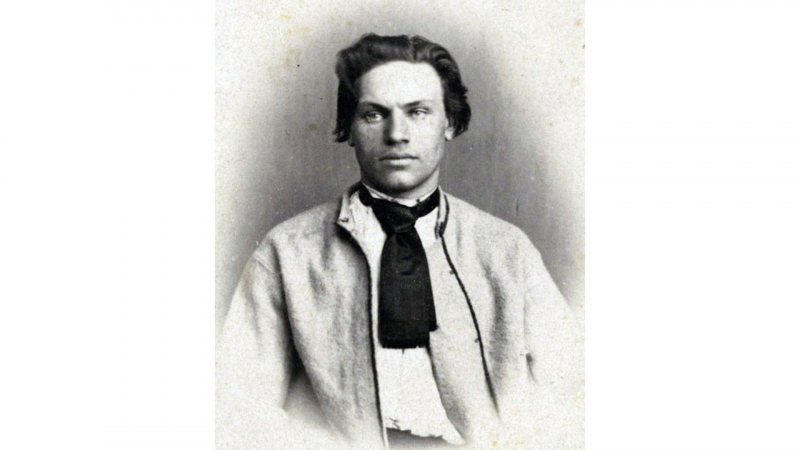
Photo: Wikipedia 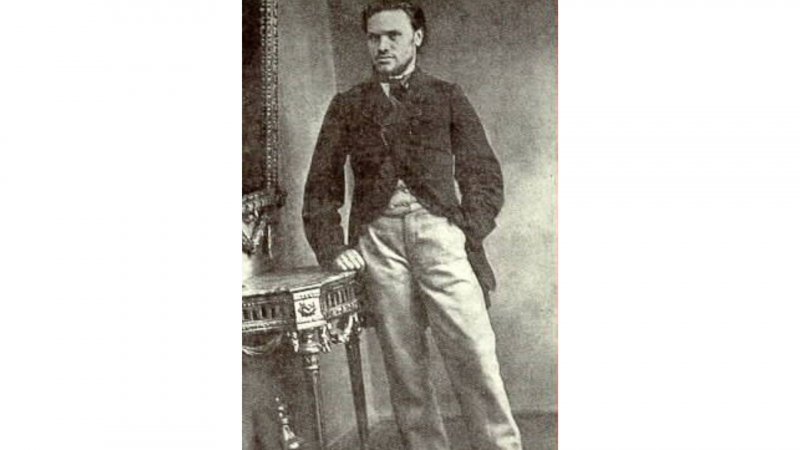
Photo: The Virtual Guide to Belarus










